“Tajikistan 🇹🇯 and Turkmenistan 🇹🇲 ~On Our 5-Stan Tour”
5 Stan Tour: Five countries in Two Weeks! In Total, we explored:
Kazakhstan 🇰🇿 Kyrgyzstan 🇰🇬 Tajikistan 🇹🇯 Uzbekistan 🇺🇿 and Turkmenistan 🇹🇲
To and Through All Five Countries, we traveled 6,355 Miles in Two Weeks
Tajikistan 🇹🇯
Tajikistan is a country in Central Asia surrounded by Afghanistan, China, Kyrgyzstan and Uzbekistan. It’s known for rugged mountains, popular for hiking and climbing. The Fann Mountains, near the national capital Dushanbe, have snow-capped peaks that rise over 5,000 meters. The range encompasses the Iskanderkulsky Nature Refuge, a notable bird habitat named for Iskanderkul, a turquoise lake formed by glaciers

Day 6: Saturday, August 24
Samarkand, Uzbekistan to –Seven Lakes in Tajikistan
…..Transfer from Uzbekistan-Tajikistan border Jartepa; 31 miles and 1 hour -Customs and Passport control on both sides; cross the border
….Meet Tajik local guide and driver. Drive to Seven Lakes; 50 miles and 1.5-2h
The Seven Lakes are located in the west of Fann Mountains; each of them has its own color which varies from calming turquoise to mesmerizing purple.

Crossing Another Border
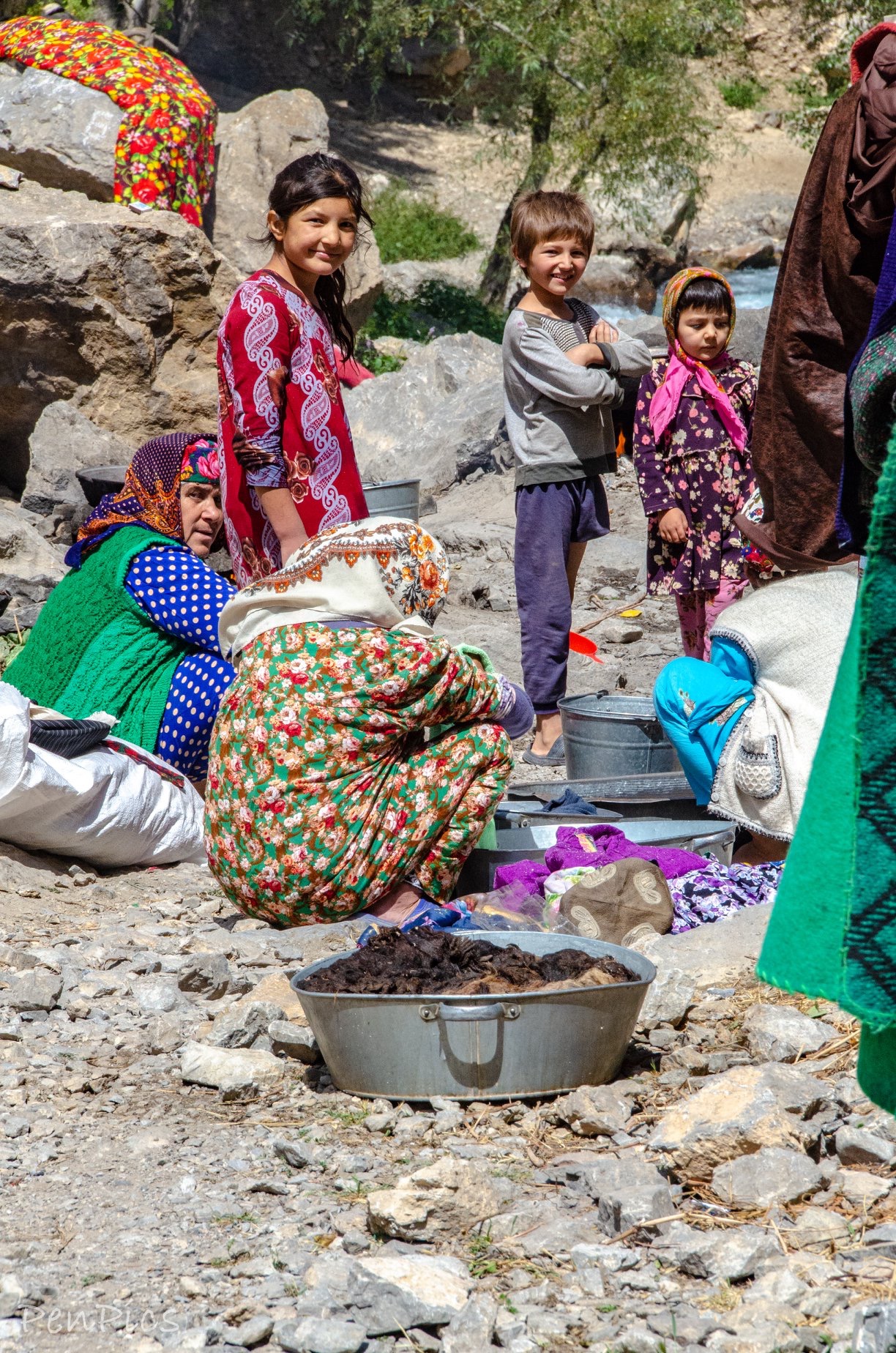

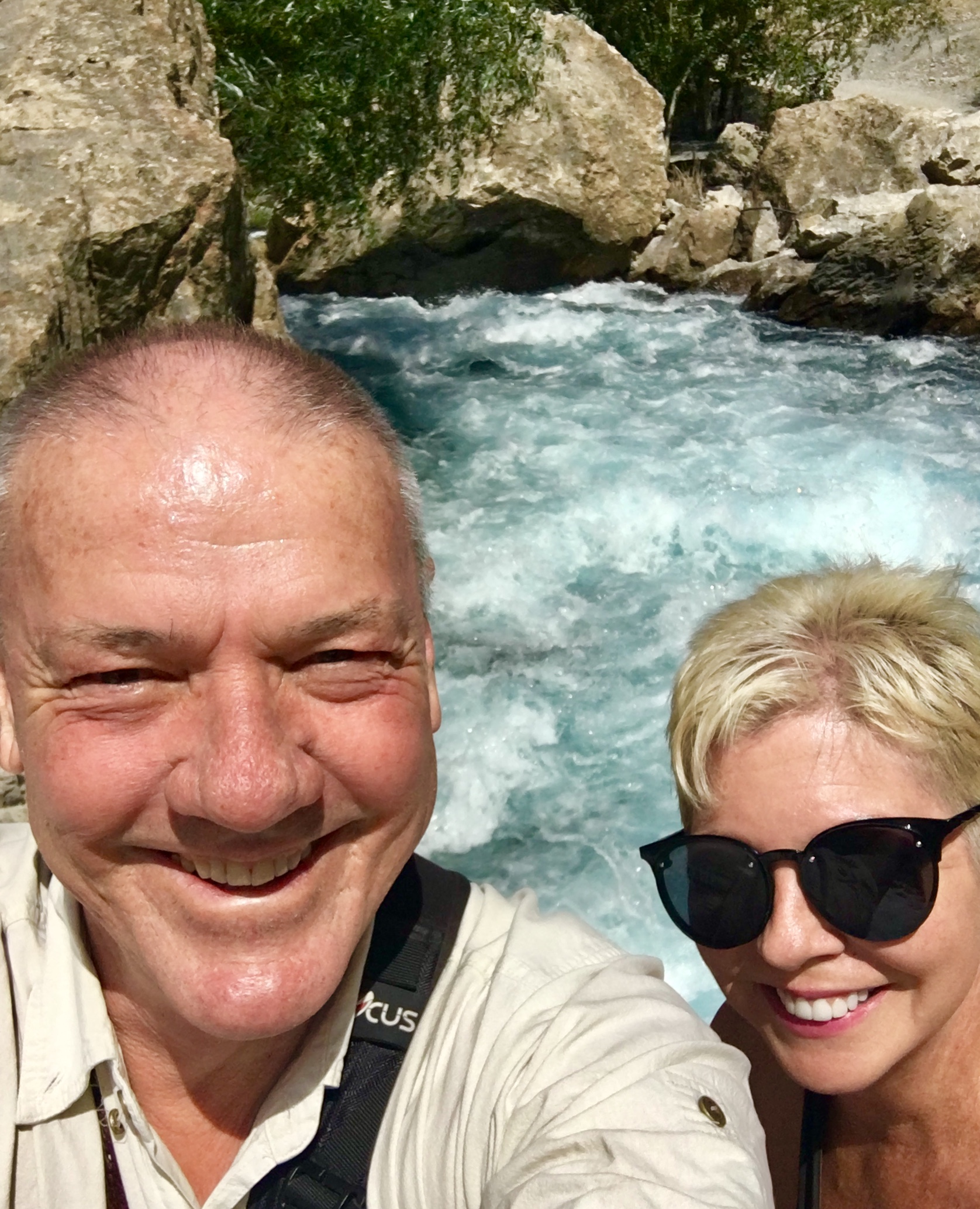

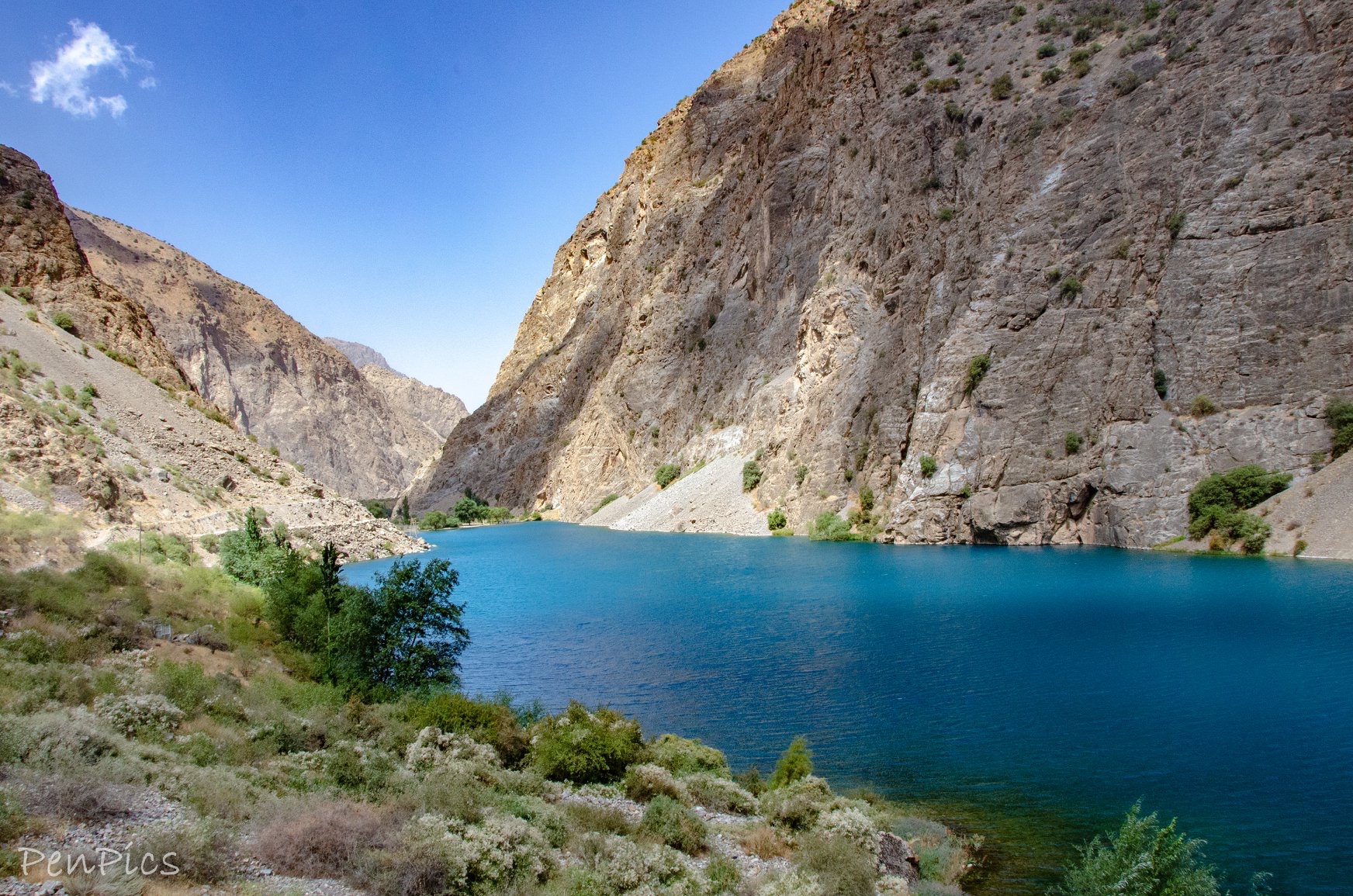
We were blown away with the beauty of these lakes!
The Seven Diamonds of the Fan Mountains.
In western Tajikistan, we were near the city of Penjikent. There is a beautiful group of mountain lakes, with vibrant and constantly changing colors:
Nezhigon, Soya, Gushor, Nofin, Khurdak, Marguzor, and Hazorchashma

….after lunch at the homestay of a local Tajik family, you will hike to the last lake, called Hoazorchashma.
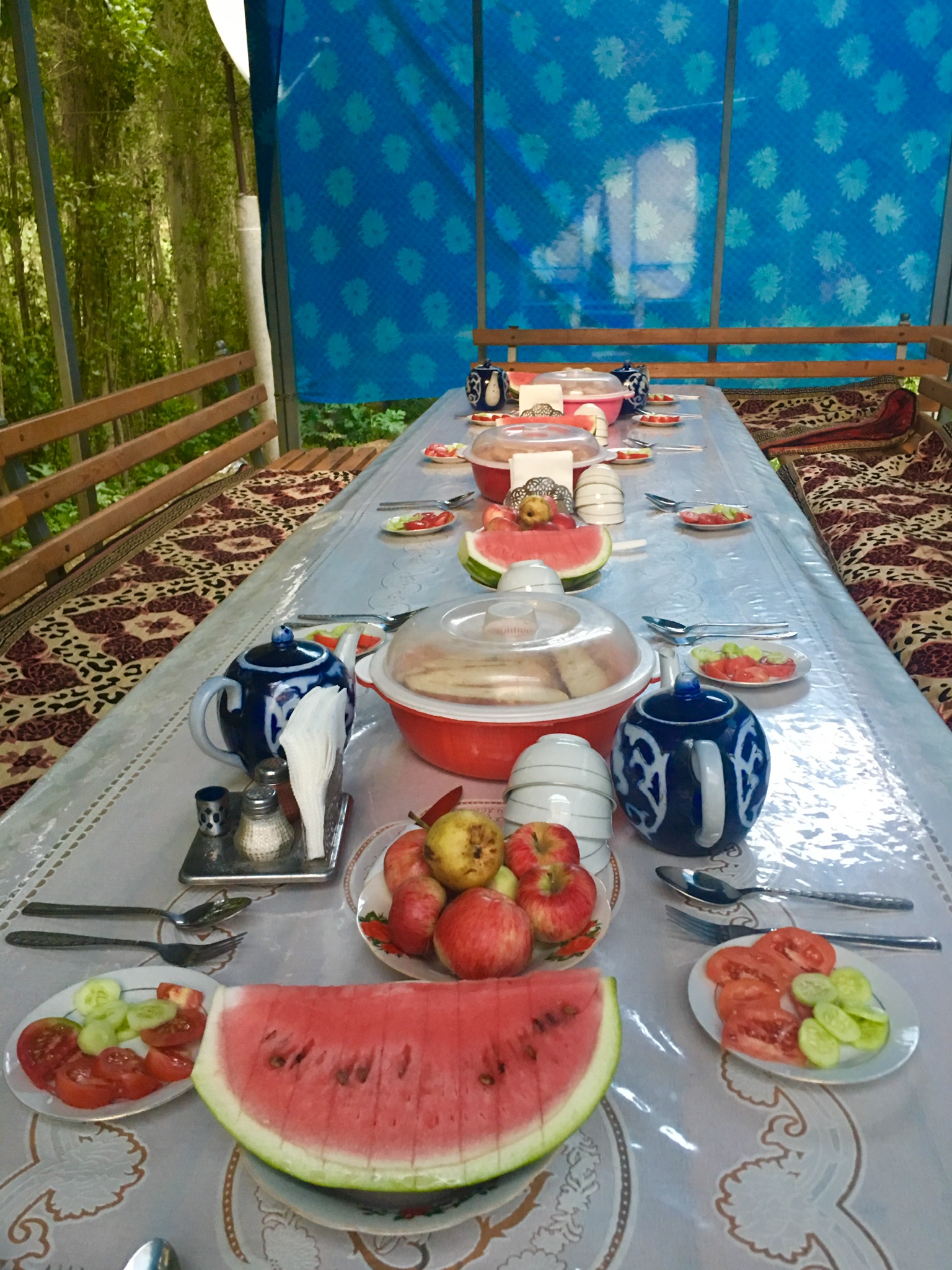
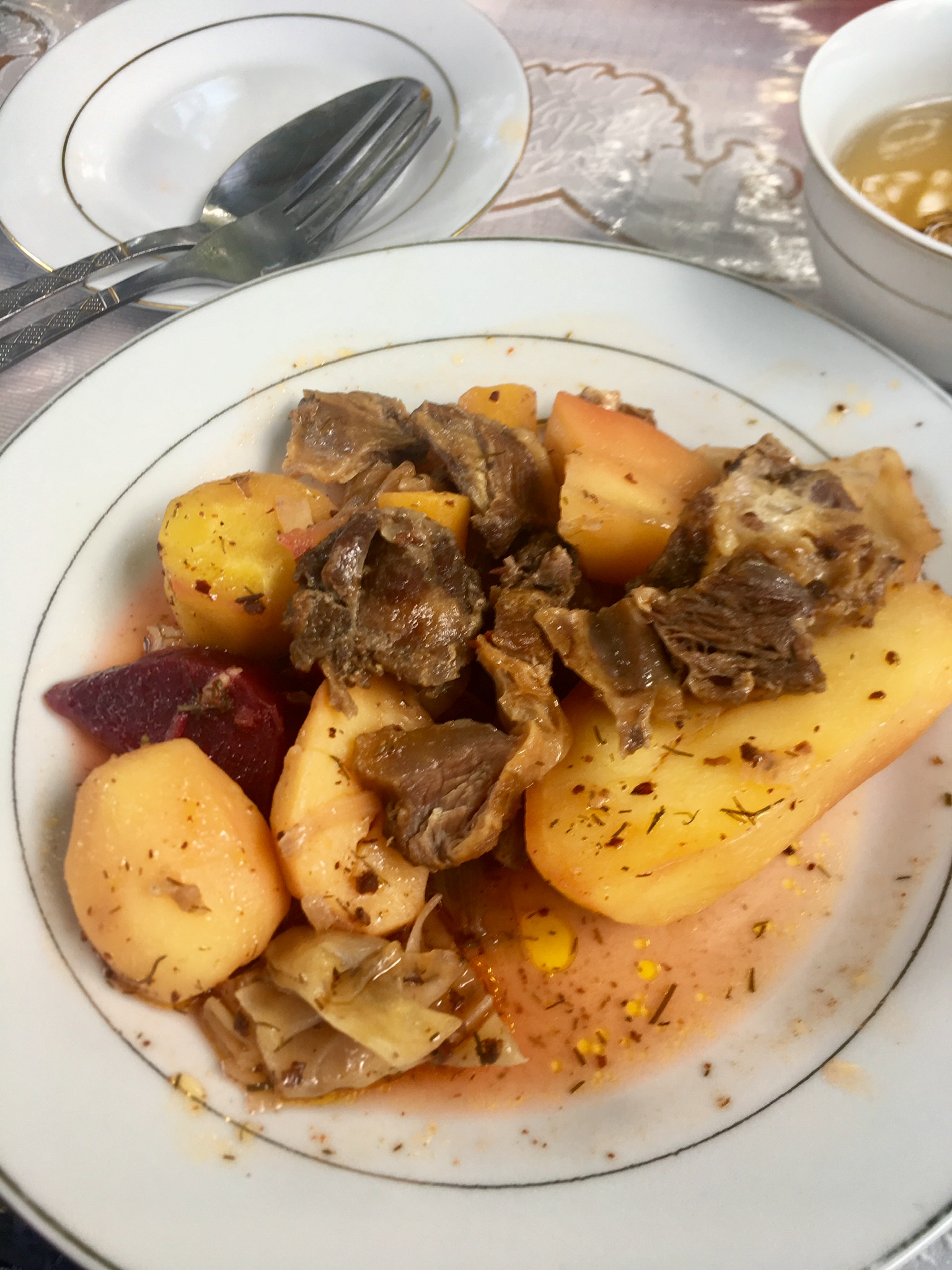
Home-cooked and delicious!

The 7th Lake: Hoazorchashma
It was a long dusty hike up a gravel road from the Homestay. Daryl went half way and said no thanks. I kept going. It was not as pretty of a lake as the others we drove to. But, I got my exercise and always something to see along the way.
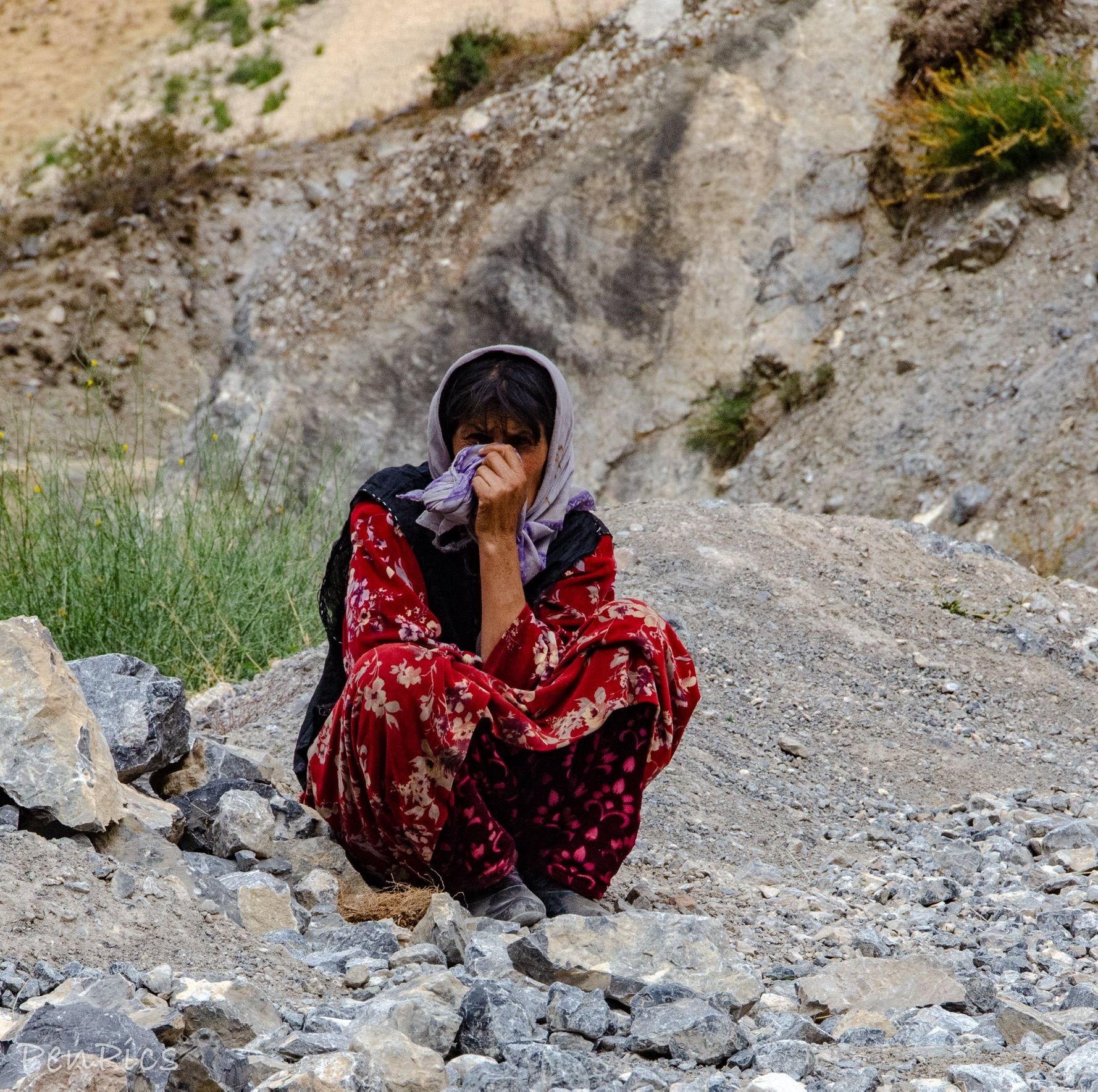

Overnight in “Homestay” “Jumaboy” Guesthouse (Seven lakes), Village
*Duration of transfers is 2 hours
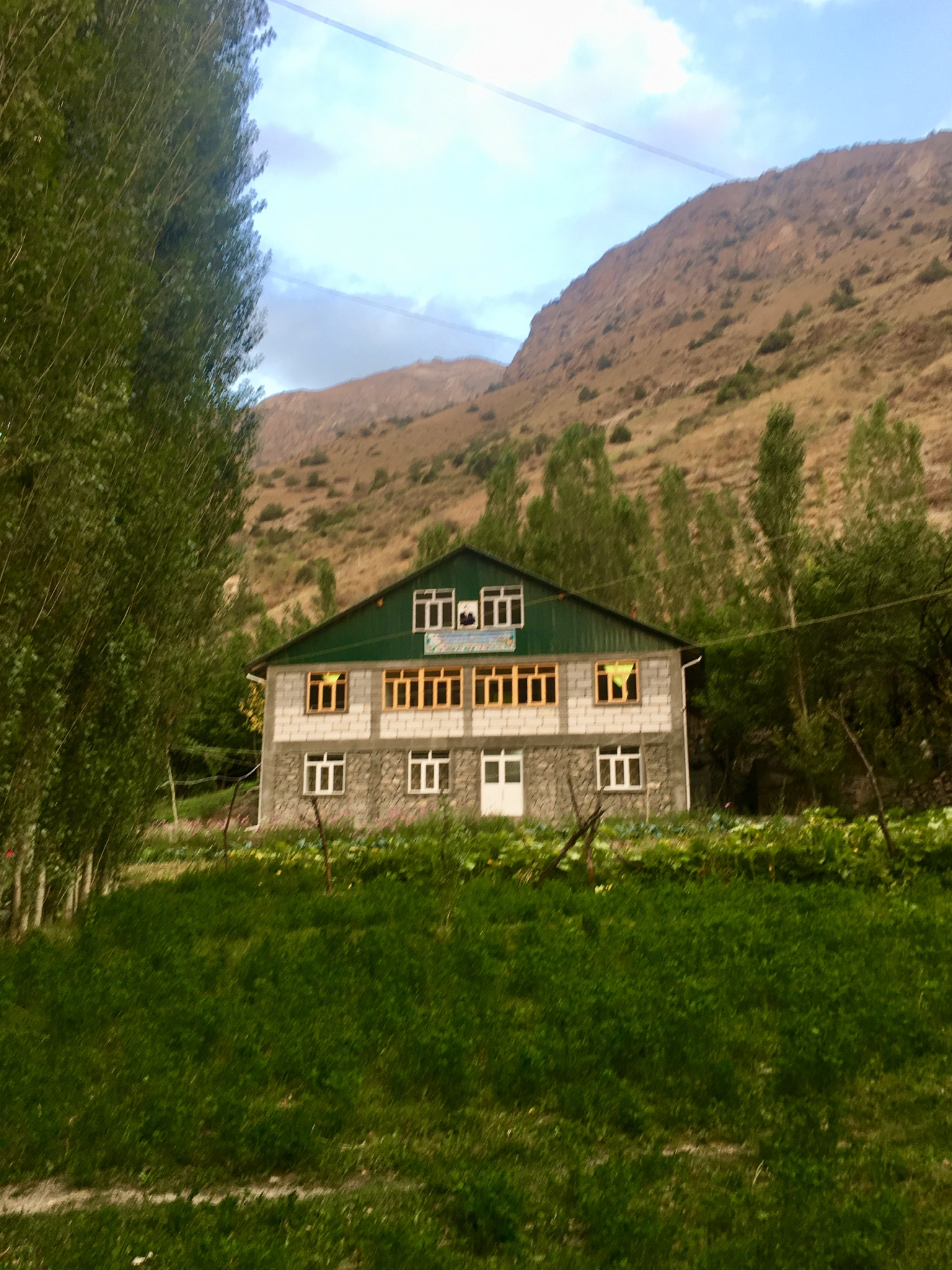


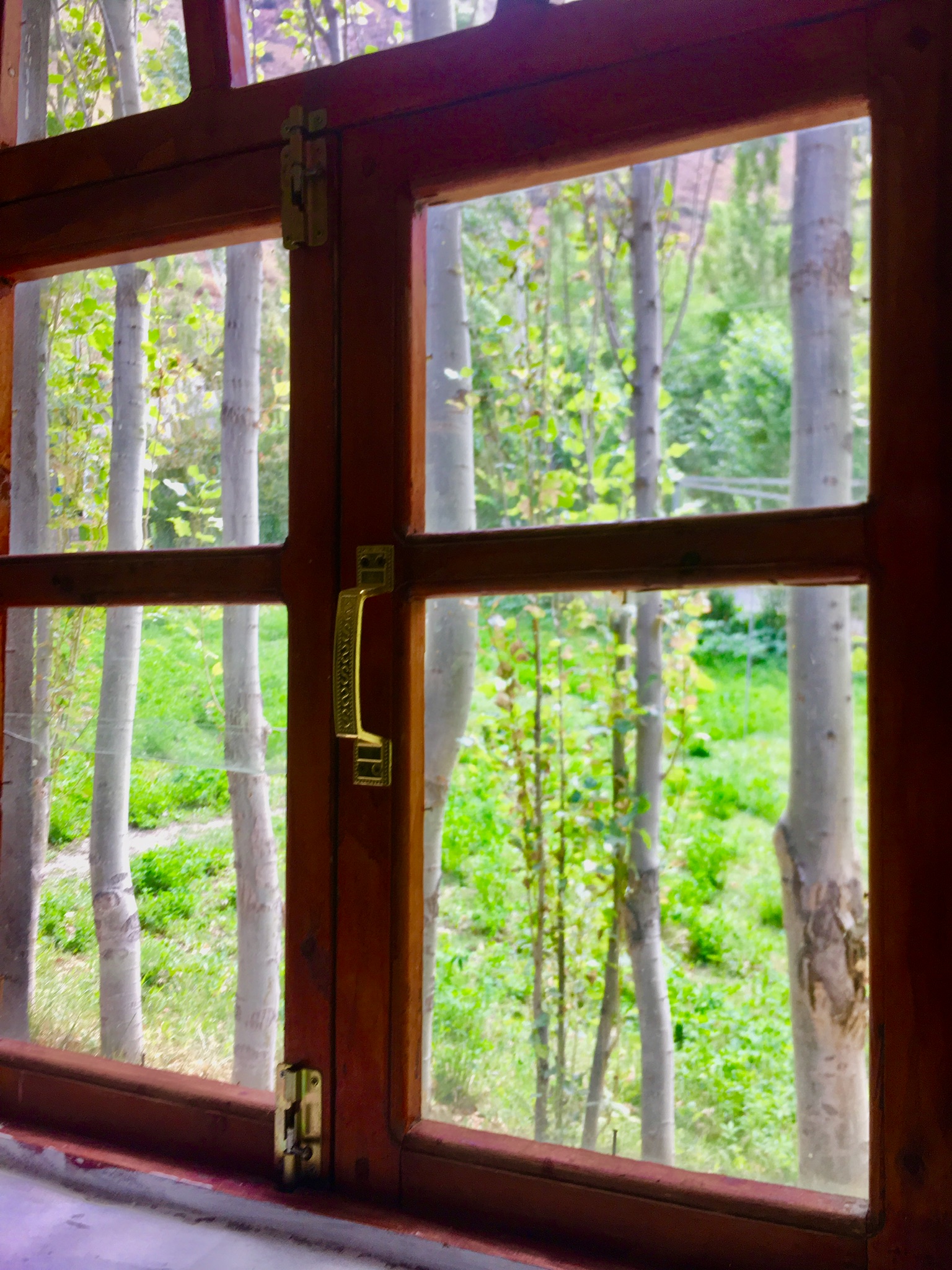
We loved this Homestay! Funny story, here: We were a good-sized tour group and the accommodations were a mix of private, or hostel. When it came time to give out the keys, the guide described the room. I raised my hand after the description of the little cottage, and nobody else did. We were handed the keys and off we went to put our bags in, before lunch.
When we joined the group, later, the guide had to say; “Some people” did not think the room assignments were handed-out fairly. THOSE who wanted the cottage had complained. In the end, those who wanted the cottage had to draw straws for it. OH BRING IT ON!! Five of us were in competition. One single human and two couples. The rest, either didn’t care, or were too embarrassed; who knows. Well, Daryl and I won at the “drawing straws” contest! I was glad, mostly, because I was too tired to repack and move. We actually loved the cottage, btw. It was worth the silly game.
Remember: I was the only one who raised my hand to take the cottage. Why didn’t anybody else want it, then? From that point on, the single human had it out for us, the rest of the trip! Some people are just very unhappy peopl,e in general.
Day 7: Sunday August, 25
Seven Lakes in Penjikent, Samarkand, Tajikistan to Bukhara, Uzbekistan
….Drive to Penjikent, a major Sogdian city in the 5th century, destroyed by Arab conquerors in the 8th century.
…Sightseeing in Penjikent, on The Silk Road.
Penjikent
Sogdian City: The name of one of the most ancient cities in Central Asia is translated as “five villages.” In the 5th-8th centuries, this small, but flourishing city was one of the largest cultural and craft centers of Zoroastrian Sogdiana. Ancient Penjikent was full of magnificent buildings with engravings and statues. No caravan could avoid passing by this city, while traveling from the mountains to Samarkand. This fact helped the development of the city, immensely. Unfortunately, this extraordinary city was ruined in 8th century, by the Arabs. The ruins of an ancient city with its treasures is located outside of modern city. Penjikent managed to preserve as many artifacts of Tajik culture, as no other city did. All beautiful frescoes, bas-reliefs, and sculptures helped to fully reconstruct the Sogdian lifestyle.
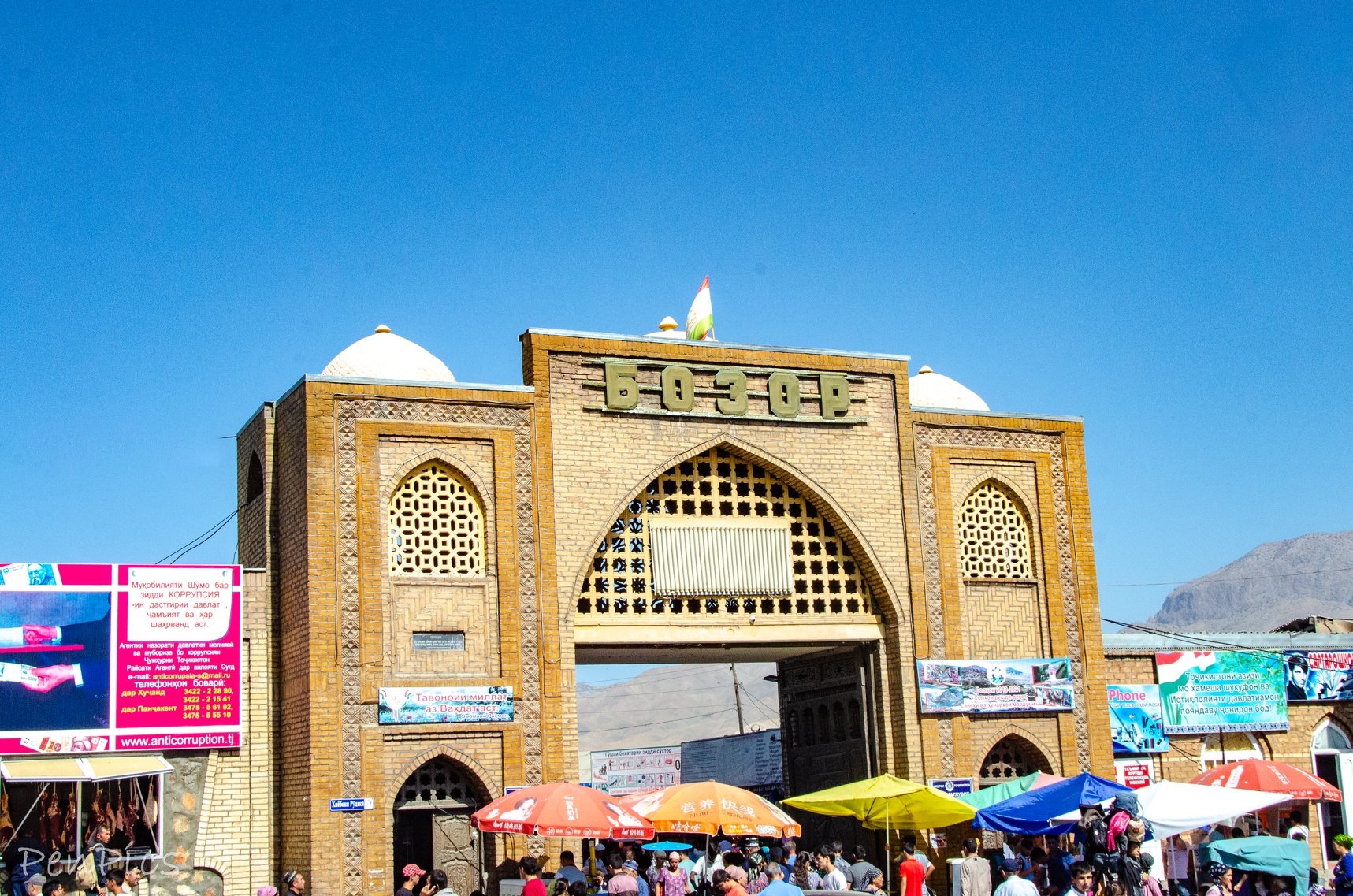
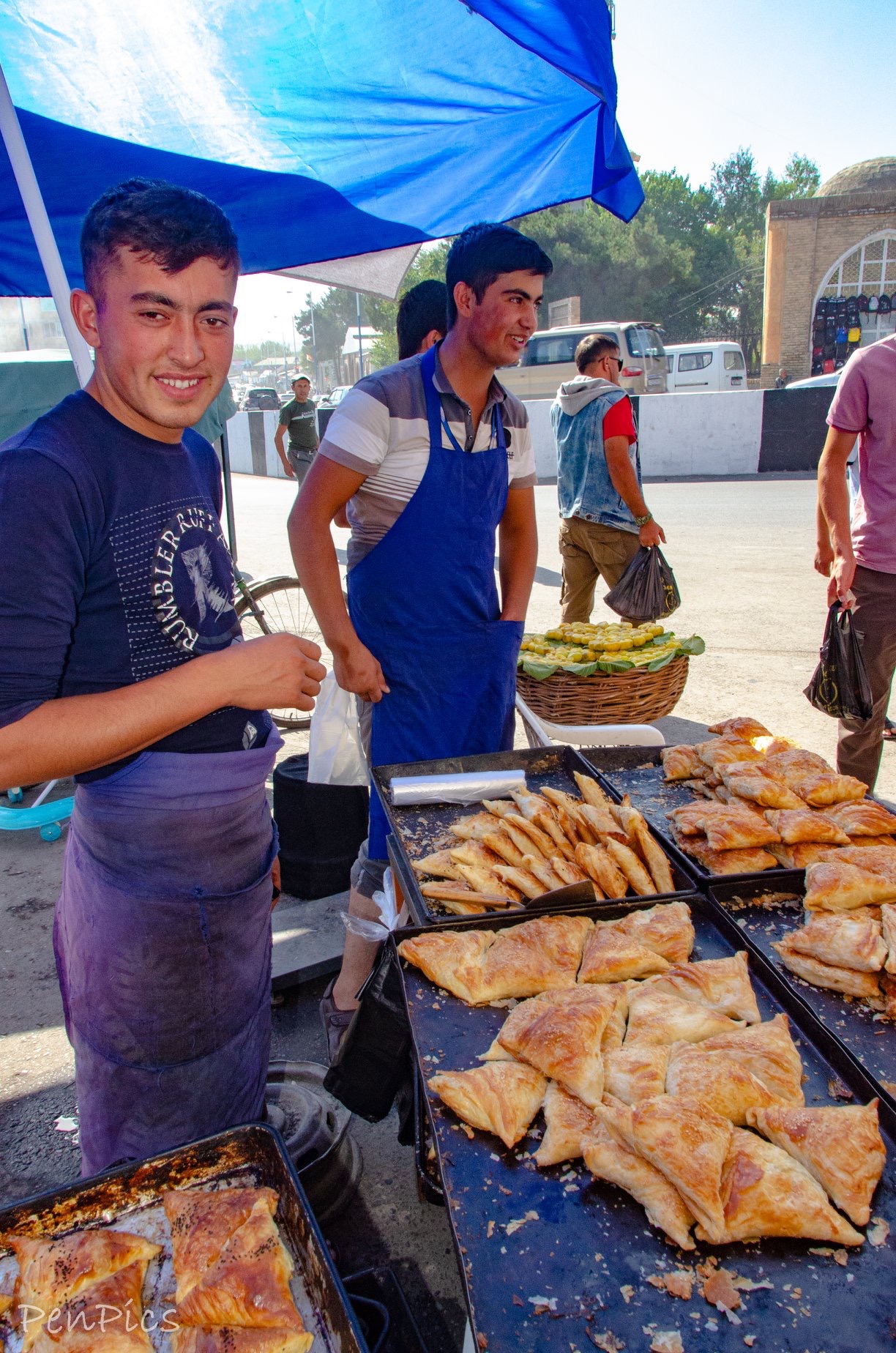


Local Bazaar
This market is a good example of a typical Tajik bazaar. Local fruits and vegetables are highly seasonal, so what you will see depends a great deal on when you visit. Local stall-keepers are very friendly and will be happy to tell you about their produce, give you a sample, or sell you a kilo of your favorite choices!


Turkmenistan 🇺🇿
Turkmenistan is a country in Central Asia bordered by the Caspian Sea and largely covered by the Karakum Desert. It’s known for archaeological ruins including those at Nisa and Merv, major stops along the ancient trade route the Silk Road. Ashgabat, the capital, was rebuilt in Soviet style in the mid-20th century and is filled with grand monuments honoring former president Saparmurat Niyazov.

Day 10: Wed, August 28
Bukhara, Uzbekistan to Mary to Merv, Turkmenistan to Ashgabat, Turkmenistan …..,Drive to Uzbekistan to Turkmenistan border point; Farap-Alat for 62 Miles; 1.5h
Go through border formalities at both checkpoints
Cross the 1,641 yards of neutral zone (transportation may not be available)
Meet your Turkmenistan guide
….Continue to Merv; 186 miles; 5h 30min to an ancient city that was a major center of international trade and crafts on the Silk Road
.…Discover the State UNESCO Historical and Cultural Park
Ancient Merv
Merv is the oldest and best-preserved of the oasis-cities along the Silk Route in Central Asia. The remains in this vast oasis, span 4,000 years of human history.
A number of monuments are still visible, particularly from the last two millennia. It is situated in the lower reaches of the Murgab River. The historians of the past rewarded Ancient Merv with magnificent epithets like “The Stronghold of the World,” “The Dome of Islam,” and “The Spirits of Kings.”
Its upsurge took place in XI-XII centuries, at the time of the Great Seldjuks. The Seldjuk’s Empire stretched from the Lower Amu-Darya to the Mediterranean sea. Under Seldjuks, Merv occupied 640 hectares and was one of the most developed cities of its time. It attracted scientists and merchants from the Moslem world.
In 1221, all settlements of Middle Asia were devastated by Mongolian hordes, and Merv was not an exception. According to the Arab historian Ibn al-Athir, who based his account on the reports of refugees from Merv: “Genghis Khan sat on a golden throne and ordered the troops who had been seized to be brought before him. When they were in front of him, they were executed and the people looked on and wept.
Ancient Mary
Mary, oblast (province), Mary city, is in the center of the province, which is the administrative center. The province includes the basin of the Morhab River, which diminishes in the Karakum Desert in the north. In the south, on the Afghanistan frontier, are spurs of the Selseleh-ye Safid Kuh (Paropamisus Mountains). The climate is continental and dry.
Mary is a series of towns that succeeded one another throughout the course of history: Erk Kala Fortress citadel, Gyaur Kala, Sultan Kala, Abdullakhan Kala and Bayramalykhan Kala.
The oldest levels of civilization in Merv, belong to Erk Kala Fortress; 6th century BC. At that time, when this oasis was included into the Persian Akhamenid state, the town occupied an area of about 50 square acres, and it was surrounded by strong walls made of brick.
In the 4th century BC, Merv was conquered by Alexander the Great. At the end of the 4th century BC, Merv was included into the kingdom of Selevkids and the city of Antiochia was founded.
The remains of Antiochia’s walls were discovered about 15 miles to the north of Ancient Merv. It is also known under the name of Gyaur Kala. The Fortress has a regular plan and perfectly aligned walls. Between the end of the 4th and the beginning of the 5th centuries, the so-called “oval house” was erected in the northeastern corner of Gyaur -Kala. It was a cloister of the local Christian community.
In the second half of the 3rd century, at the vast portion of the southeastern corner of Gyaur Kala, appeared a Buddhist worship complex, with a stupa (reliquary). After multiple reconstructions, the stupa had an almost square platform, upon which the cylindrical stupa’s body lowered with a large clay statue of Buddha standing before it.
The Mosque of Yusuf Khamadani:
from the 16th century, is situated near Sultan Kala. Sheikh Abu Yakup Usuf lbn Hamadani, lived in Merv between 1048-1140. He belonged to a very popular Nakshbendi’s school of suphism.

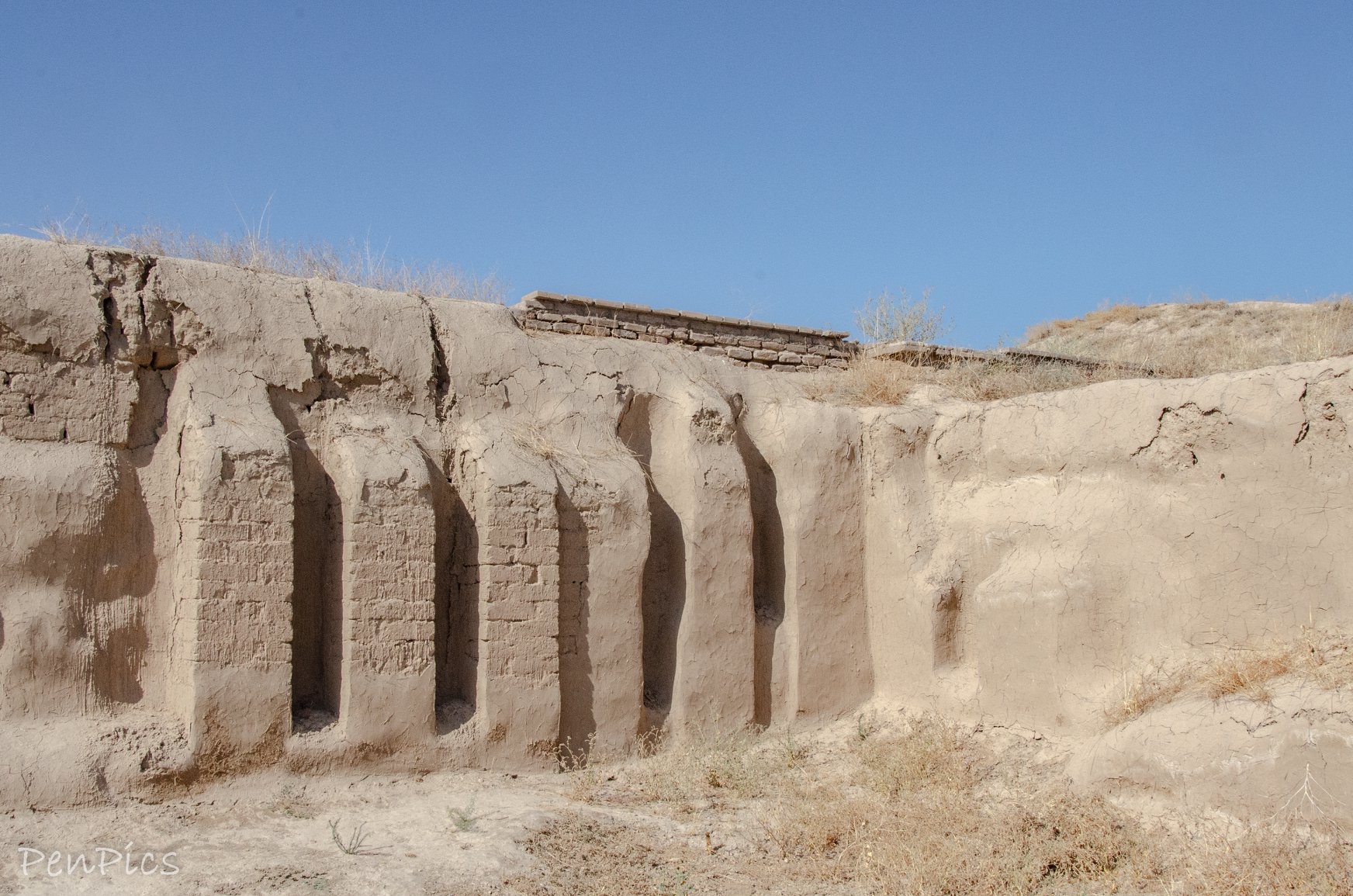
Large and Small Kiz-Kala:
are from 6th and 7th century AD, and are located to the west from Gaur-Kala.
Large Kiz-Kala presents a rectangular in plan. In the basis of architectural plan, and composition of this keshk, there is a square inner yard (or possibly hall) surrounded by rooms situated on two levels. All its facades are shaped with semi-circle tower gofferings. This style was widely spread in architecture of Pre-Arabian times. That is the way of forming facades of near by Small Kiz-Kala. There is the same central (may be domed) room and the same rectan-gular but more regular rooms around it.


Abdullah-khan Kala:
is known as Erk Kala, Gyaur Kala, Sultan Kala, Abdullah Khan Kala and Bairam Ali Khan Kala; grouped into three settlements. The walls of post-medieval Merv, known today as Abdullah-Khan Kala. Abdullah-Khan Kala is the smallest of the three cities, occupying just over 50 acres. It was founded in 1409 by the Timurid rules Shakhruh and is located 1 mile to the south of Sultan Kala.
Like all the cities, it was founded on a virgin site. The walls are rectangular in shape with large circular towers and some 44 additional towers. There was a large mosque and madrasa in the north part of the city. Like most of the cities of Merv and elsewhere, Abdullah Khan Kala had a citadel. The ruler’s palace was sited in the citadel, together with a caravanserai and storerooms.

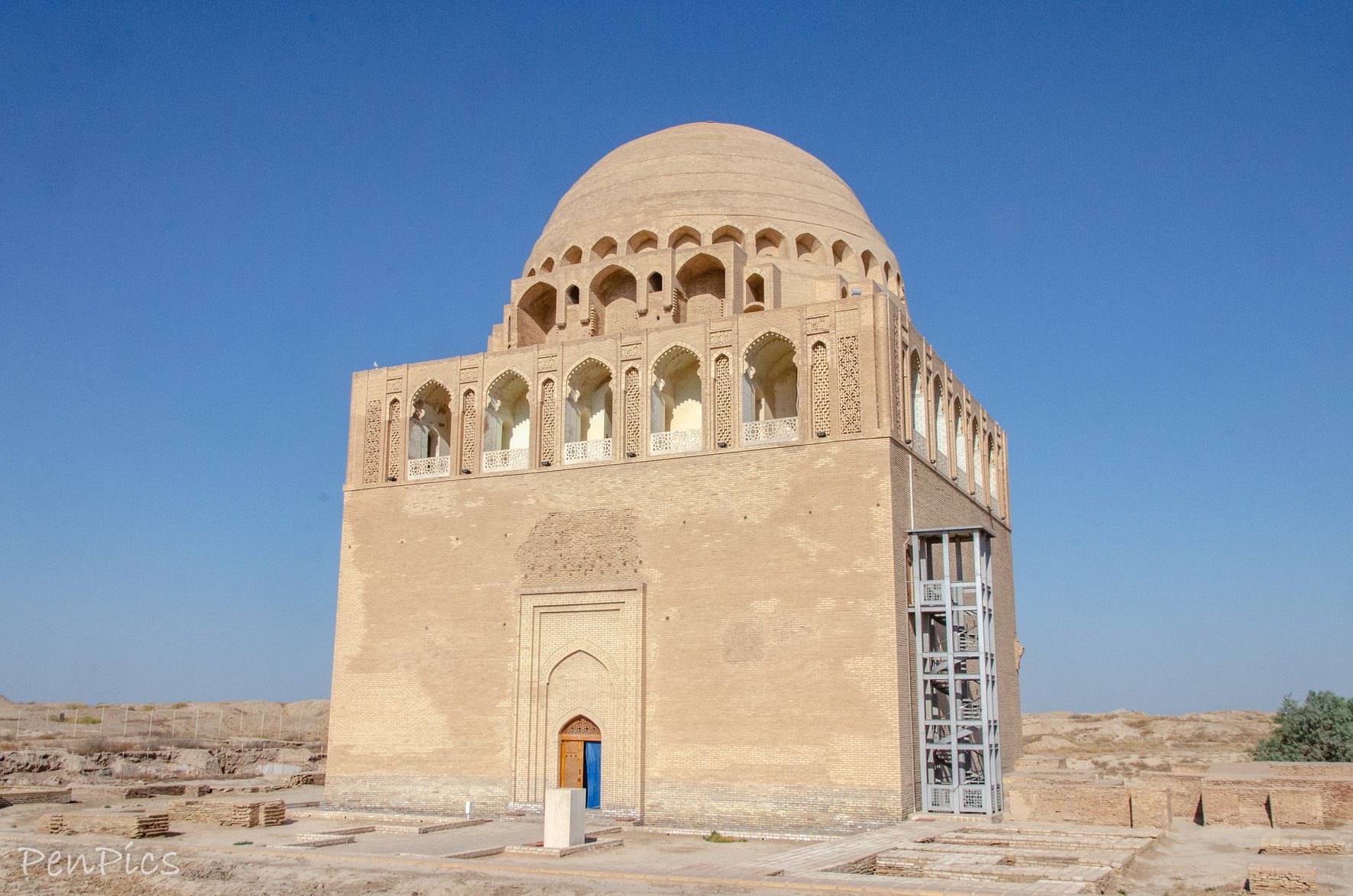
Sultan Sanjar Mausoleum: The Tomb of Ahmad Sanjar is a mausoleum commemorating Ahmad Sanjar, a Seljuk ruler of Khorasan. It was built in 1157 in the medieval city of Merv in the Karakum Desert in Turkmenistan. Throughout his reign, Sanjar fought off several invasions and uprisings until finally being defeated by the Oghuz


Erk Gala
is the oldest and smallest of the cities, developed in Achaemenid times, emerging in around the 6th century BC. Today, the only thing that can be seen of the ancient city is the wall that once encircled it. The city site is some 42 acre in size, and it’s believed that the remains of the actual city itself, lie some 55 feet below today’s surface. Buried under a millennia of buildings old and new, it is virtually inaccessible to archaeological exploration. Therefore, little is known about Erk Kala.

Gyaur Gala
is the second largest city in Merv. Following the defeat of the Achaemenians by Alexander the Great in the 4th century BC, Merv came under Macedonian rule. After Alexander’s death, the lands he had conquered became the domain of the Seleucid Empire, ruled by one of his generals, Seleucus I; 312-280 BC.
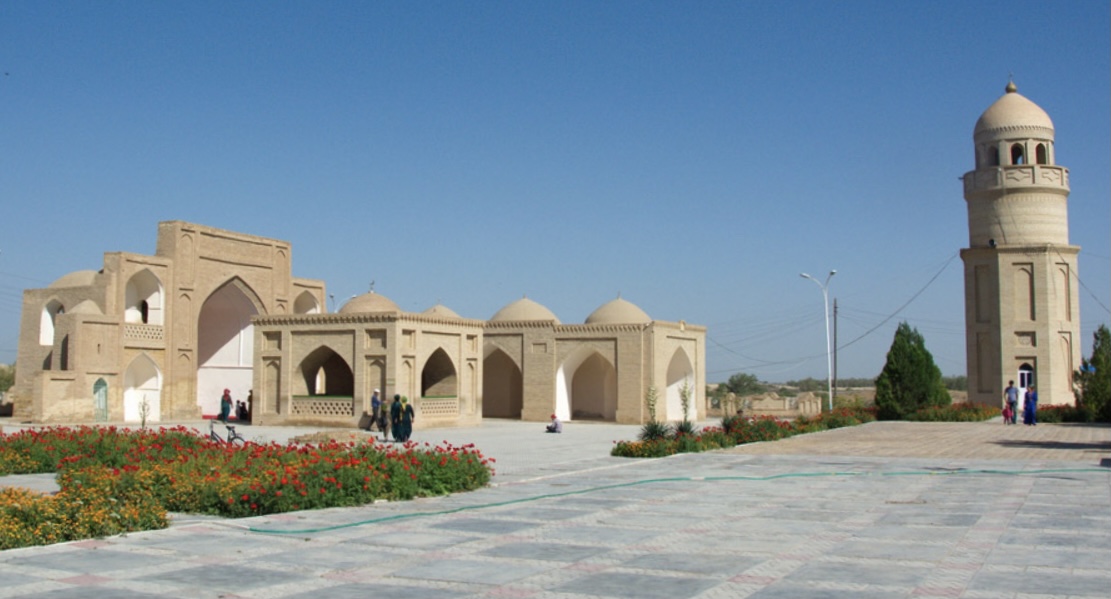
The Mosque of Yusu Khamadani:
The complex was built on the graveyard of Abu-Jakub Ibn Ayub, who was born in the Hamadan region (western Iran ). The mausoleum was erected over his grave, which had not survived.
In the 19th century, the ruined building was partly repaired and rebuilt. The grave symbolizes a black marble crypt adorned with floral ornament and inscriptions.

Keshk Fortress
Kharam-keshk is single castle of dehkhan estate near Gyaur-Kala. It used to be a dwelling house in the 9th-13th centuries.
The remaining parts of the castle made of mud bricks are the half-sanded ground floor and the remnants of the second with corrugated walls. In the center of the castle there was a big square hall topped with a dome. It was connected to the other rooms of the castle.
….Transfer to Mary Airport; 24 miles; 30 min to take the evening flight to Ashgabat, 🇹🇲
Duration of sightseeing is around 3 hours
Duration of transfers is around 6 hours

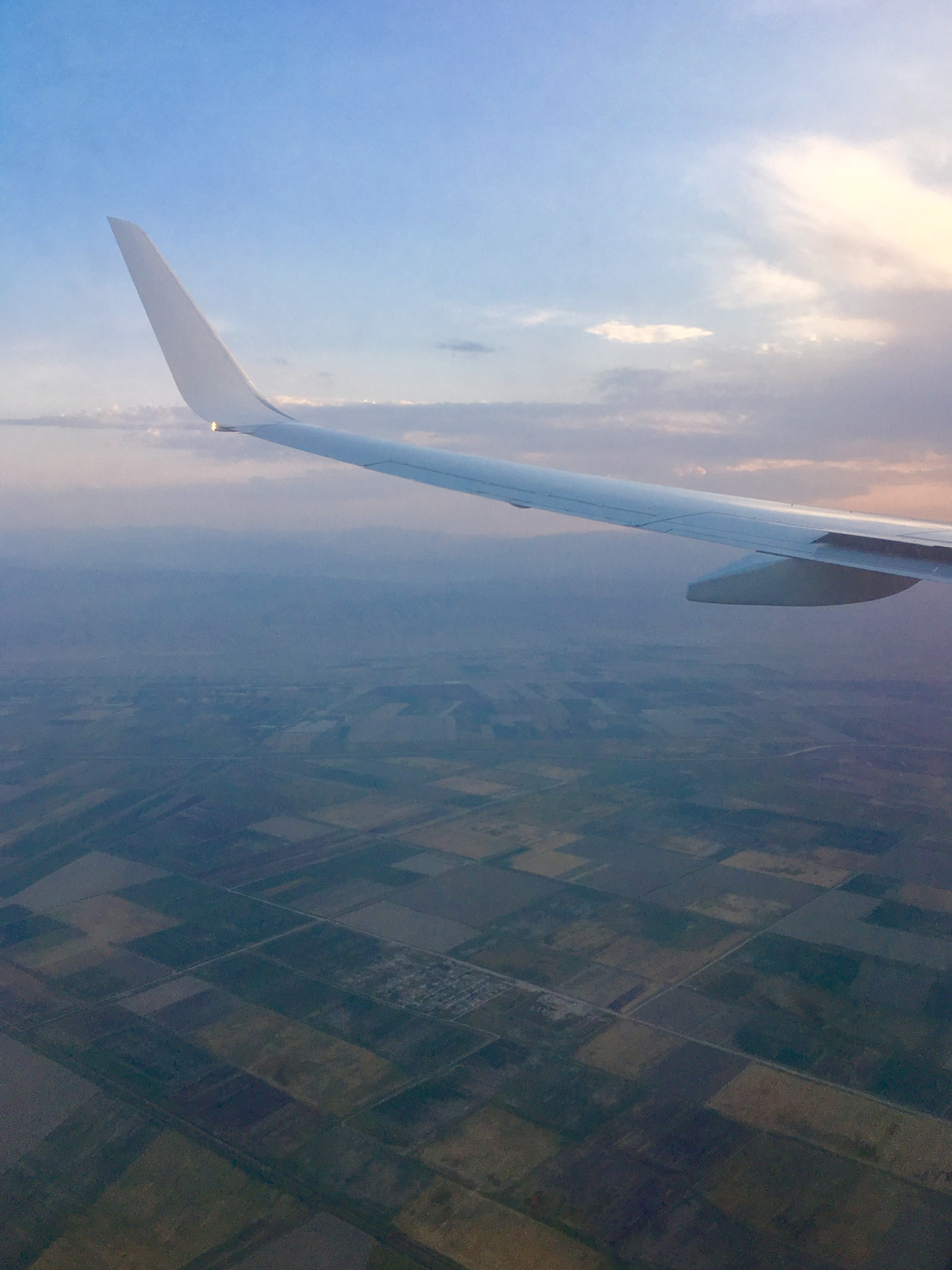

Click in the links below to see all the photos mentioned in this blog;
Tajikistan 🇹🇯
Penjikent:
Fann Mountains, Seven Lakes, Tajik Homestay:
Turkmenistan 🇹🇲
Merv Ancient UNESCO Sites:
Archive Blog Posts of Our Country Visits
About Us

About Us
Hello and Welcome to our Travel Blog Website, We enjoy writing about our experiences and taking photos of our adventuring along the way. Our names are: Daryl and Pen, but Daryl calls me “Bunny.” We met, quite randomly, whilst both… Read More









